There are various identity markers that help investigators to find the real culprit. These are anthropometric measurements, fingerprints, dental records, iris scans, retina scans, etc. However, in the whole world, fingerprints are the widely used metric to identify a person.
And I am going to show you why fingerprints are considered the best for identification in forensic, government, and judicial systems.
1. Universality– You Born with Fingerprints
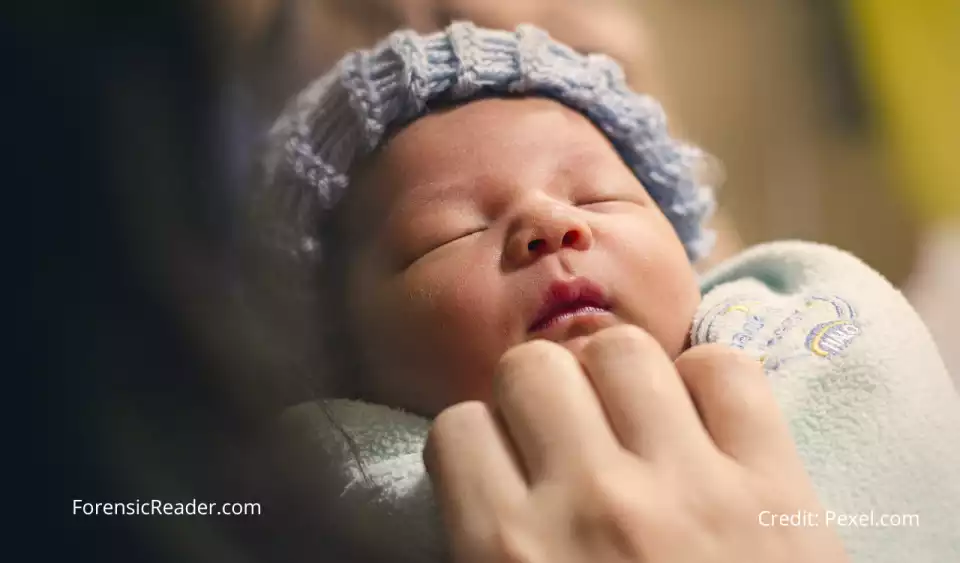
Every infant born after the 6th month sure has fingerprints. Fingerprints start developing from the 10th week of pregnancy and develop completely in their definitive form by the 6th month.
Thus, even stillborn babies have fingerprints. This is the reason why many hospitals usually take palms and footprints for the identification of newborns.
Note: Adermatoglyphia is an extremely rare genetic disorder that prevents the development of fingerprints. So, they don’t have a ridge pattern on fingers, palms, and soles.
2. Uniqueness is the Key
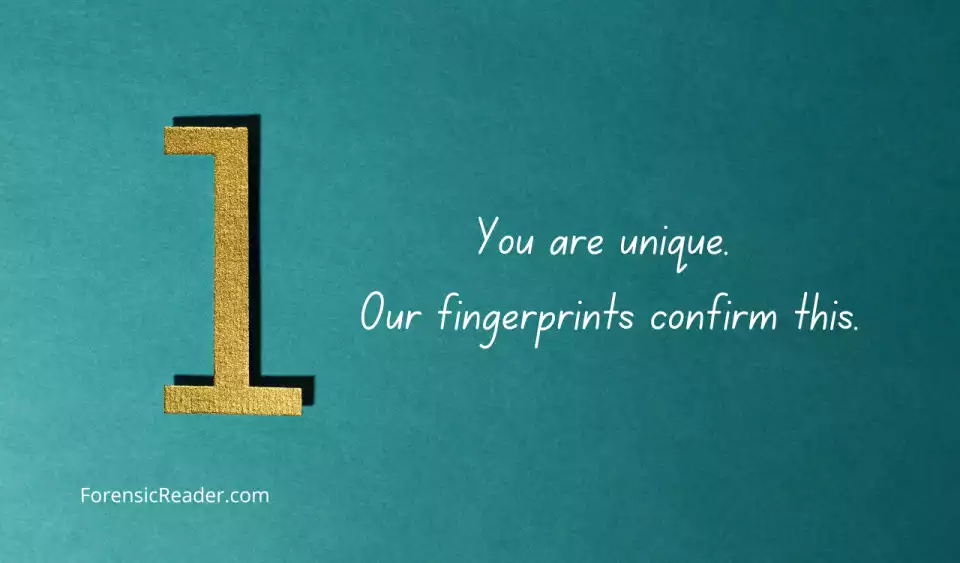
Fingerprints are unique because of genetics and the intra-uterine environment.
When fingerprints start developing in the 10th week of gestation factors such as genetic and intra-uterine environment affect their formation. This results in ridge formation caused by random growth which is the determining factor for their uniqueness.
PS: It is proven that genetics has a role in fingerprint development but it doesn’t determine their final arrangement or shape.
3. Permanent– Stays After Your Life
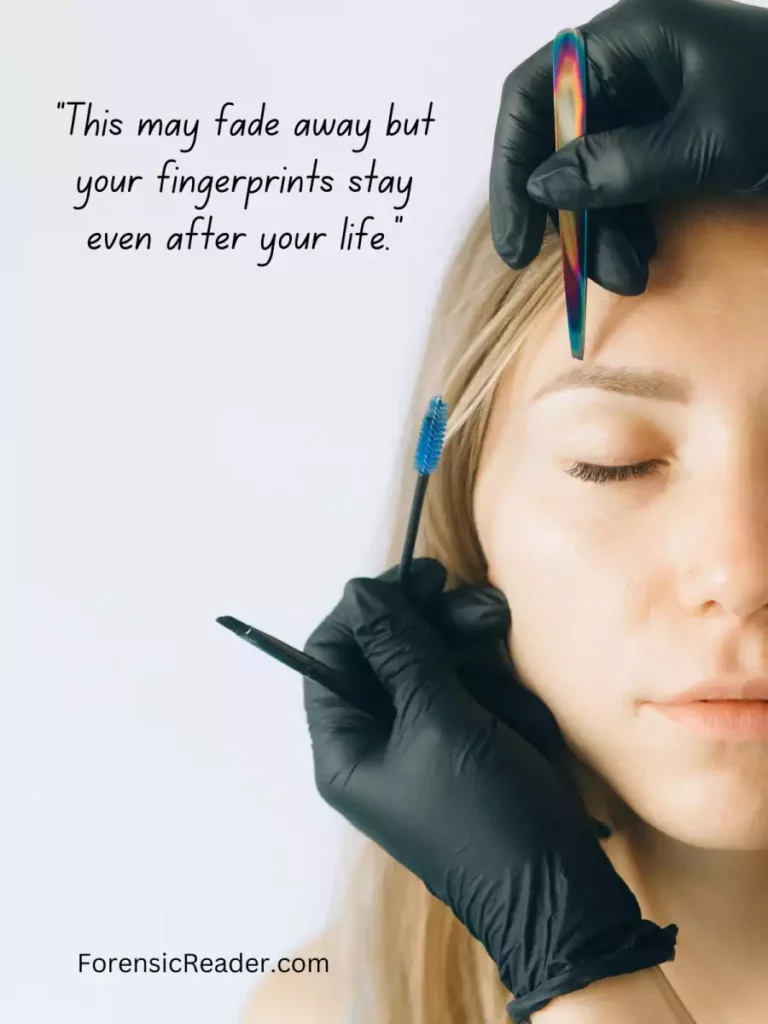
Fingerprint ridges that you were born with rest the same even when you’ll 100 years old (or until decomposition after death).
They don’t change, except they become larger as you grow. The specific patterns will remain the same.
It is not affected by your mood, skills, or what you become in life. They still rest the same unless get destroyed by injuries, skin grafts, occupational wear, and diseases.
PS: Once fingerprints are destroyed, they can’t be regenerated to new patterns. They usually ends up with permanent scars.
4. 10x More Possibility

Biometric systems such as Iris (we have two), and hand veins arrangement (we have two), while 99.9999% of humans have 10 fingers so thus the fingerprints.
This makes it the most favorable, important, and possible means of identification. With 10 fingerprints, even if one or two fingers get injured, there are the rest of them for identification.
Read More: How to Classify Amputated, Scarred, and Fingers Missing from Birth
5. Your Shadow– Easy to Leave Behind at Scene

Every investigation team has a fingerprints kit. The fingerprint is the most common evidence that an investigator usually looks for at every crime scene.
And it is solely proven to be the best measure for individualizing a person. However, not all surfaces you touched have fingerprints.
Some surfaces are profound to capture fingermarks while others don’t. Fingerprints on porous surfaces such as paper remain longer compared to fingerprints on smooth surfaces. Plus, fingermarks can even be developed on human skin.
6. Easy to Collect and Develop

For fingerprint development, you don’t need a sophisticated tool to develop them. You only need a fingerprint brush and fingerprint powder on most smooth surfaces. There are also non-conventional ways to develop fingerprints but not used for official works.
At a crime scene, you easily find a fingerprint with ALS or other forensic lights if someone had touched the surface. But you won’t easily find other biometric measures of identification.
7. Easy to Preserve
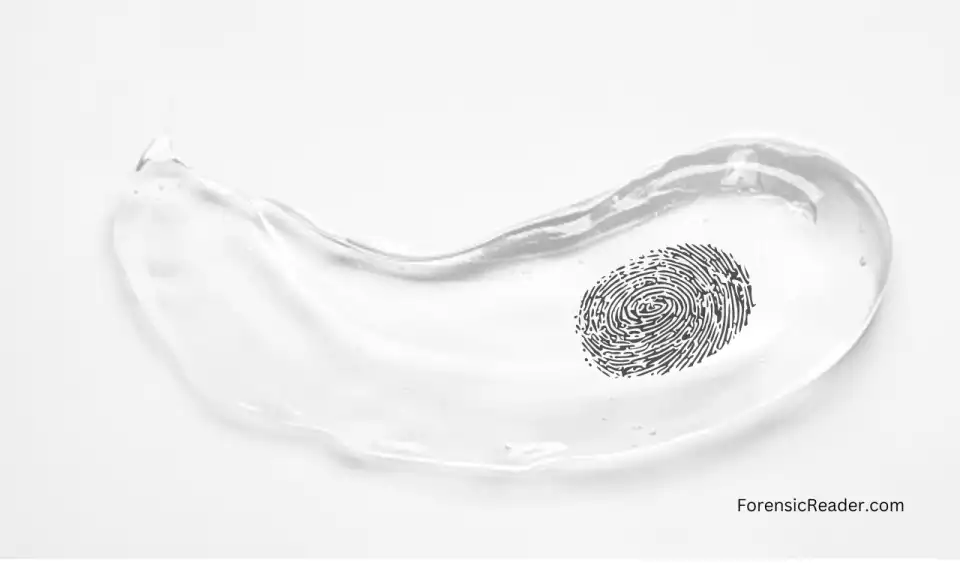
You can’t preserve most of the biometric system such as the hand vein pattern, iris pattern, and retina pattern but you can easily preserve fingerprints.
This not only makes fingerprints comparable without any computerized system but can physically be used as evidence in front of courts and juries. This is another advantage of fingerprints.
For preserving fingerprints best method is lifting and casting.
8. Speedy Investigation– Individualization

The fingerprint biometric system has 4 scientific elements which are governed by ACE-V (Analysis, Comparison, Evaluation, and Verification). With friction ridges and impressions, the investigators can get the final results based on widely used fingerprint classification systems such as the Henry Classification system or NCIC FPC systems.
Once investigators have fingerprints they start comparing them either with a database or with the reference samples from the suspect. This not only minimizes the investigation time but also decreases the chance of getting the culprit away from their crime when compared with the time taken by other biometrics systems.
You can say that with fingerprints, an investigator can get better results for identification with minimum time and effort.
Read More: Western Australian Palmprint Classification System and Subdivisions
9. Less time to make a New database than other Biometric Systems

Let’s say a country has to make a biometric database for its citizens. Then, they usually go with the fingerprint biometric system. Because it is easy to capture one and doesn’t need any high scanners or tools as other systems do.
Even the time taken for registering a set of fingerprints in a database is less than in other complex biometric systems.
Read More: How to Fill and Extract Data From Fingerprint Card? Forensic Fingerprinting
10. Old Techniques backed by Research

Older technology and well-developed. Fingerprints have been around as identification measures for more than a century. That gives much time to researchers to improve their development and comparison.
Year by Year this research work and contribution build up to be the backbone of our current fingerprint systems.
11. Biggest Database
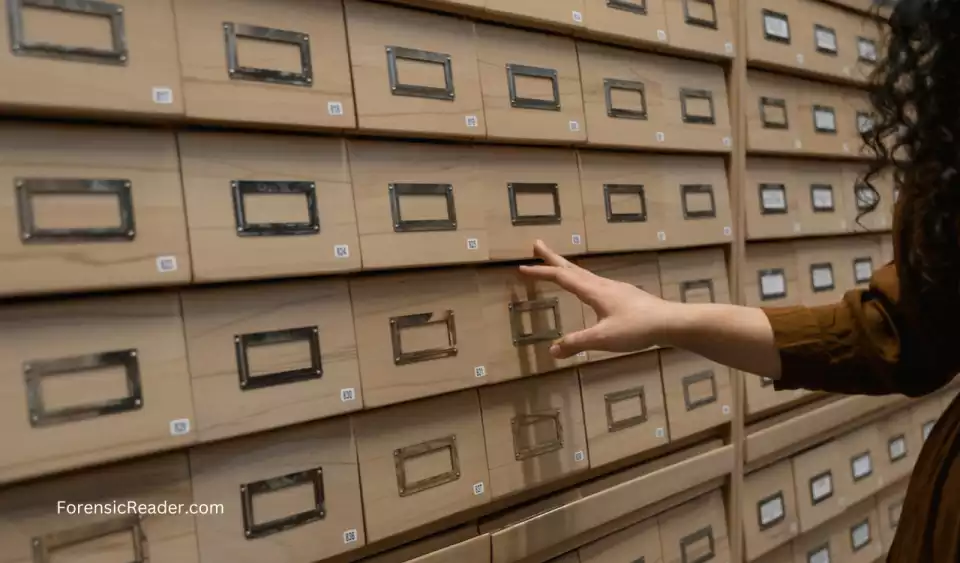
One of the most know databases is by FBI’s national Integrated Automated Fingerprint Identification System (IAFIS) which came in 1999. They have one of the largest databases of fingerprints.
Like the FBI, most countries use fingerprint biometric system that has a database. This means their database is more than any biometric database across the globe which keeps on growing.
Read More:
- 14 Myths of Fingerprints And Questioned Documents: A Forensic Study
- Comparison of Fingerprints: Activity for School Students and Teachers

FR Author Group at ForensicReader is a team of Forensic experts and scholars having B.Sc, M.Sc, or Doctorate( Ph.D.) degrees in Forensic Science. We published on topics on fingerprints, questioned documents, forensic medicine, toxicology, physical evidence, and related case studies. Know More.
